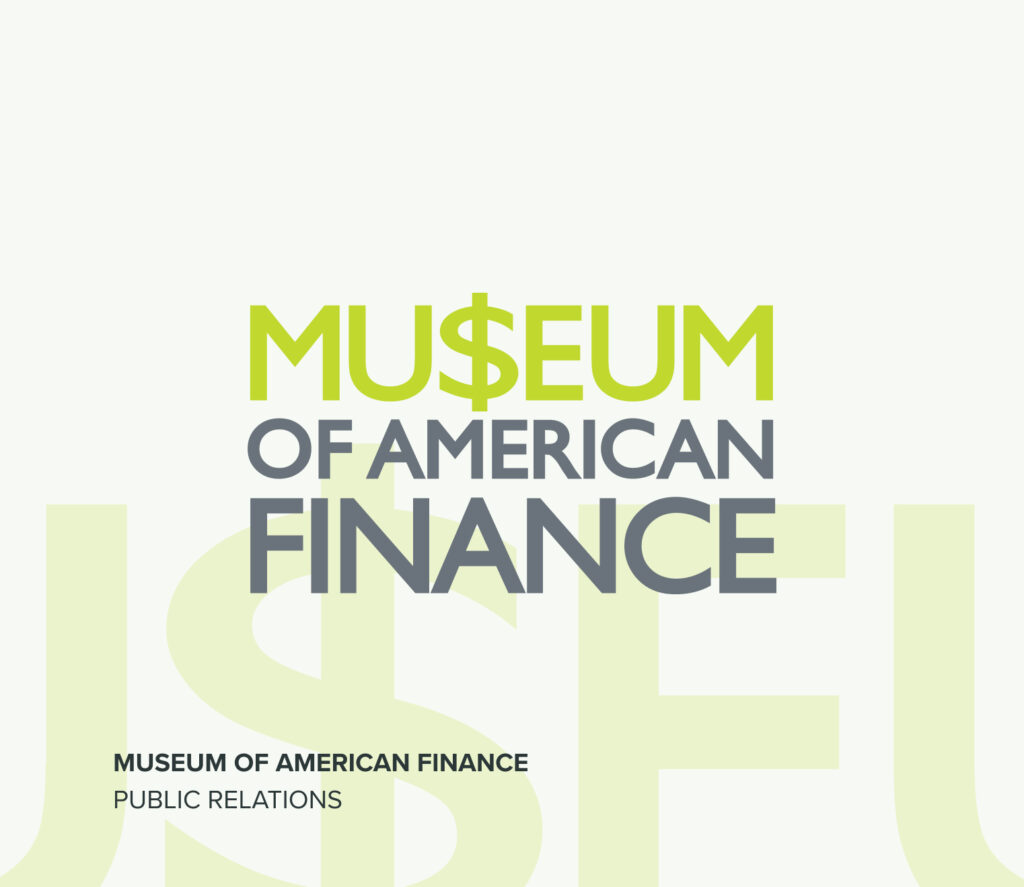A degree has long been considered necessary for a good job, but that may no longer be the case. Milton Ezrati explores: college or career.
The nature of employment prep seems set to change unalterably in coming years. For decades now, a college degree has been considered the only means to a good job, a “ticket to the middle class,” as many in media and in politics say. The link – fixed firmly in people’s minds – has driven extreme public and private commitments to higher education. Especially during the Obama administration, the notion of “college for all” came close to becoming a consensus national goal. But attitudes are changing.
Two separate but related trends are at work. One is the eroding sense of the value of a degree, at least as a form of career preparation. Whether it is because of declining rigor or a change in subject matter or simply the plentitude of people with four-year degrees or some other set of circumstances, the career payoff to college credit no longer seems to have the power it once did. The inability of so many to support their college debts testifies to this inescapable fact. The second trend is the general shortage of labor. The inability of employers to find qualified or even trainable workers has led managements to broaden the talent pool from which they draw and that, in turn, has led them to rethink their former insistence on four-year degrees.
The labor shortage has had the most straightforward effect. Associated in popular discussion with post-Covid disruptions, the labor shortage has more fundamental roots. Because the country has had a low birth rate for decades – since the 1960s in fact – the nation today has a paucity of young workers to replace the huge, retiring baby boom generation. According to the Bureau of the Census, soon the nation will have barely three people of working age for each person of retirement age. Thirty years ago, that figure was upwards of five. Insisting on a college degree and thereby limiting the pool of potential workers was easier then. As the relative numbers of young workers has shrunk, however, that insistence has become less and less supportable. Accordingly, firms increasingly are hiring people with only associate degrees or certificates from trade schools or simply verifiable work experience.
Early signs of this tend emerged long before the trouble with Covid. In 2017, IBM announced that as much as 15 percent of its payroll did not have a college degree. Instead, they had, according to firm’s then-head of talent, Joanna Daley, “hands-on experience at the company’s coding boot camp or in an industry-related vocational class.” In 2018, Google announced that it, too, would consider promising candidates even if they did not have a college degree or even any college credit. During that time, Apple, Penguin Random House, and a long list of retail chains made similar announcements, not just for maintenance and cashier positions but also for mangers, specialists, design staff, and in marketing.
And the pattern has only picked up momentum. Despite recent layoffs in technology and social media firms, recent Labor Department figures suggest that there are at least half a million open cybersecurity positions. Many will require an engineering degree, but, according to mangers, not all of them. A recent Harvard Business Review study of some 51 million job openings over a three-year span documents a reversal in the so-called “degree inflation” that took hold right after the great recession of 2008-09. Some 26 percent of recent job openings listed by the consulting firm Accenture do not require a college degree. The firm recently launched an apprentice program for those without degrees that aims at everything from cybersecurity to platform engineering. According to Nickle LaMoreaux, IBM’s present chief of human resources, only half the company’s job openings require a degree, some of course on the low end of the skills distribution but some, IBM claims, at what it calls “middle-skill level.” Dell Technologies has simply added associate degrees, apprenticeships, and certificate programs to its definition of “graduate.”
Indirectly, the debate over college loan forgiveness has reinforced this trend. The fact that degrees earned at great expense from four-year institutions and even graduate programs fail to earn enough to carry the debt involved raises questions about their economic if not their intrinsic worth. The credential no longer seems to guarantee employers the skills it once did. Set against the background of a general worker shortage, this insight has redoubled the pressure on employers to broaden the pool of potential hires beyond the college set. Especially because many encouraged into college by the college-for-all mantra drop out – often with significant debt burdens – circumstances increasingly suggest that many of these unfortunate individuals would have been better served if they had enrolled instead in apprentice programs or technical training schools.
It is hard to attach much quantifiable to this question. What is available does however document the social cost of the college-for-all push. The Department of Education reports that some 60 percent of those finishing middle school will attend a post-secondary academic institution, but only half of them will earn a credential and more than 40 percent of those who do earn a credential will find work appropriate to their degree. This leaves only 16 percent of students achieving the promise of the degree in which they first enrolled. Yet public policy – including student loan advances – continues to pour billions into colleges. According to the Department of Education, taxpayers dedicate on average some $6000 a year to each college student plus $5000 for Pell grant recipients. Often these outlays find justification in the statistic that the average college graduate earns some 71 percent more than the average person with only a high school diploma. But such figures do not account for academic standing. The bottom half of college graduates start at salaries no higher than those with only a high school diploma.
All these threads have begun to raise questions about the educational orientation of the country. Increasingly, people ask if it would not have been better for the country and certainly for many of the individuals involved, to reallocate some of these funds to vocational training programs. Certainly, employers have begun to think that way. Many look for models in Germany, the United Kingdom, and other European countries where apprenticeship programs have long operated successfully for employers and for individuals and do so at much less cost to the taxpayer and all involved than does the American college-for-all approach.


